Fujifilm Q&A @ CP+ 2015: What next for X-mount, and Dave gets the table turned discussing the 4K future
posted Thursday, March 19, 2015 at 7:04 PM EDT

[UPDATE: If you arrived here looking for the interview with launch photographer Ben Cooper, please Click Here!]
Continuing my series of executive interviews from the recent CP+ 2015 show in Yokohama Japan, I met with Mr. Makoto Oishi from the Sales & Marketing Division, Optical Device & Electronic Imaging Products Division at Fujifilm Corp. Topics for discussion included the company's X-mount mirrorless camera plans, first and third-party glass for X-mount cameras, and Fuji's unusually generous firmware update philosophy. Perhaps most interesting to me, though, was an insight into how Fuji sees 4K video capture and its place in the market -- doubly so when Oishi-san turned the tables and I briefly became the interviewee, sharing my own thoughts on the adoption of ultra high-def video.
(As always, we've done some editing to the dialog to remove conversational glitches and make the text scan better. Places where we've inserted a word or changed the phrasing for better readability are enclosed in square braces and italicized. So, too, are comments of my own, reading between the lines of the discussion.)
Dave Etchells/Imaging Resource: The Fuji X100T is actually very similar to the X100S in most ways -- it's mainly the EVF that's different. Did you basically feel that the X100S was already a very good camera, so you felt maybe you didn't need to change very much, just add the new viewfinder to it?

Sales & Marketing Division,
Optical Device & Electronic Imaging Products Division
Fujifilm Corp.
Makoto Oishi/Fujifilm Corp.: Yes.
DE: Ah - long question, simple answer. <grins> The X100-series, with its two lens converters, has been very popular on our site and with our readers. Readers have asked if you have plans for anything with greater range, like a longer teleconverter. Is it even possible?
MO: No, we don't have [any such plans], because our tele-conversion and wide-conversion lens can keep the quality of the original X100 lens. If we developed a more powerful telephoto, it would damage the quality.
DE: You wouldn't be able to maintain the same image quality with a greater magnification ratio?
MO: Yes. I think it's a limitation.
DE: I see, yes. So, your compact system cameras are all based on APS-C...
MO: Yes.
DE: ...but we've seen there's a category of premium compacts that have kind of grown up with the Sony RX100-series.
MO: The 1"-type?
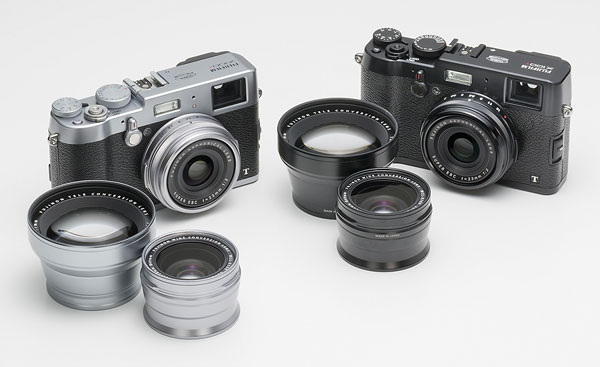
DE: Yeah, cameras with 1"-type sensors. Do you feel any pressure to create a camera like that? Are you getting demand from customers? Is that something that could be coming, or...?
MO: Yeah, we have pressure from customers, but we are still considering what is next as the standard sensor.
DE: You're still considering designs based on the current standard sensor?
MO: Yeah. But our APS-C should be standard in the future, as well, because we keep the X-Trans technologies and the X-Trans qualities, including the phase-detection. So we will keep the APS-C size for this compact system, right? Because we developed so many lenses right now.
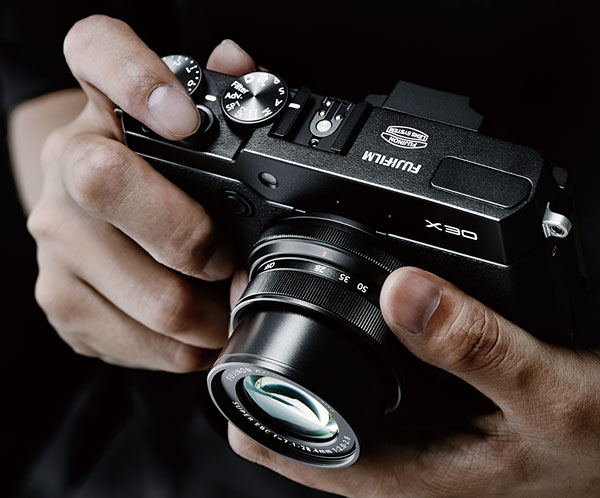
Now we are considering about this kind of more smaller premium compacts. Like the Fuji XQ2, 2/3"-type. Or the Fuji X30, 2/3"-type. Anyway, these also shoot high quality images. The market is changing, so no company develops a smaller[-sensored camera], like 1/1.7"-type any more.
DE: Yeah. Nobody does that.
MO: No, not anymore.
DE: The trend is always to larger. And you said that one is 2/3"-type?

MO: Yes. The X30 is also 2/3"-type. So we just announced the Fuji XQ2. In the future, we're still discussing about what is the next sensor.
DE: Right, it hasn't been decided yet.
MO: Of course, the 1"-type may be better, especially for the dark scene, high-sensitivity quality.
DE: Yeah. It seems to be a good balance. I don't think it's such a good balance for interchangeable lens, but for the compact camera it's a good size.
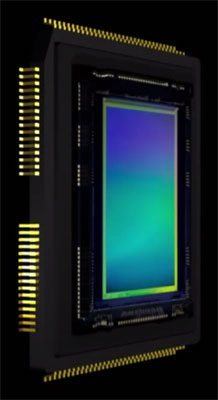
MO: Yeah, in the bag.
DE: Yes, in the bag or in the pocket.
So, I'm sure everyone asks you about 4K. 4K resolution video is becoming so popular with certain segments. We find it particularly interesting, not just for video but for still photos, and we're wondering, do you see Fuji moving in that direction? Is 4K possible with X-Trans?
MO: Currently, our X-Trans CMOS II [sensor] cannot realize 4K videos because it has a smaller number of pixels, like 16-megapixel. Also, if we [want to] realize 4K video, the sensor itself should have much faster reading speed.
DE: Yeah, much, much faster readout speed.
MO: But of course we will challenge [ourselves] to make something with 4K video.
DE: It's unavoidable, that at some point you'll have to be doing that.
MO: We know that our video quality has a bit of negative feedback from the customers, so we are developing new technology, for both still shooting and videos.
DE: Yes. So video is an area that you're working on anyway, even at conventional FHD resolution.
MO: I have a question. How do you feel about 4K video, because the data itself is so huge?
DE: It is huge. Yeah.
MO: Right, for your work.

DE: Yeah, well certainly we have no need for it at Imaging Resource, because we're putting videos up on the web. Generally I think for average consumer use, 4K -- especially as video, rather than for extracting stills -- I think the time is not quite yet. There are very few 4K TV's out there.
MO: Yeah, exactly.
DE: I think that people who do video production -- even HD production -- that 4K is very good for them already. They can downsample to get higher quality. They can also crop and move the crop around the frame, so there's a lot of opportunity for re-composing in post-production. I think that's a very strong use-case, but that's just a certain segment of the market.
I don't think it's been implemented with a good user interface yet, but to be able to pull still pictures out of 4K, I think that's something that's going to be very popular with consumers. People have babies, you want it for sports, kids' sports and all sorts of things. So I think being able to just hold down the shutter button, get a clip, and then go back and pick the frames, I think that's something that would be a popular capability. But for it to become popular, it has to have a very good user interface, be very, very easy to do, and so far that's not really there yet.
MO: Yeah.
DE: I know Panasonic is working on it, they talk about their 4K Photo Mode. But I don't think the camera interface is entirely there yet. I know that's something they're working to improve. So that's kind of my take on 4K, is that as a video platform for consumers, it's sometime in the future still. For video professionals, it's right now. And 4K Photo, I think it might take some education of the consumers, but that's something that I think will be very popular for still photographers, starting pretty much any time.
MO: Yeah.
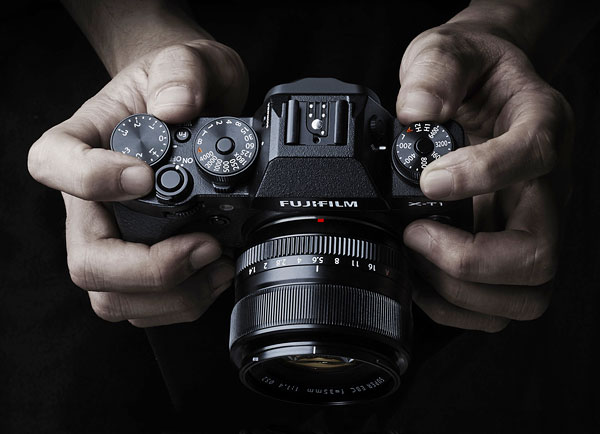
DE: Here's an interesting question from one of our editors: Fujifilm has been very, very good about updating firmware, even for previous cameras. You add features and even though people haven't bought a new camera, they get new features for their existing camera. We've been very, very supportive of that. We'd like to see more manufacturers doing the same.
MO: Thanks! Especially with the X-T1, we have had so many firmware upgrades. Already, we have [provided feature-enhancing firmware upgrades for X-T1 owners] four times.
DE: That's something that we very much support, but the editor was asking: This extends the life of the previous cameras, but at some point do you worry that people won't buy the next camera? Is that something that concerns you? Because you update firmware so much, does that maybe hurt sales of new cameras?
MO: That's a good question for us. Because of course, we can choose [whether] we should upgrade the firmware or not, [for any given product]. For example, with the X-T1, we announced a Graphite Silver version, and we added some features, the latest of our technology, especially with Classic Chrome and electronic shutter. But the X-T1 users have already bought their X-T1s. But we have developed our new technologies now, so we think we should provide those latest technologies for the X-T1 users, to increase the customer's satisfaction. Because our system is still growing up, we should do this. [These upgrades are] just kind of a gift to the customers.
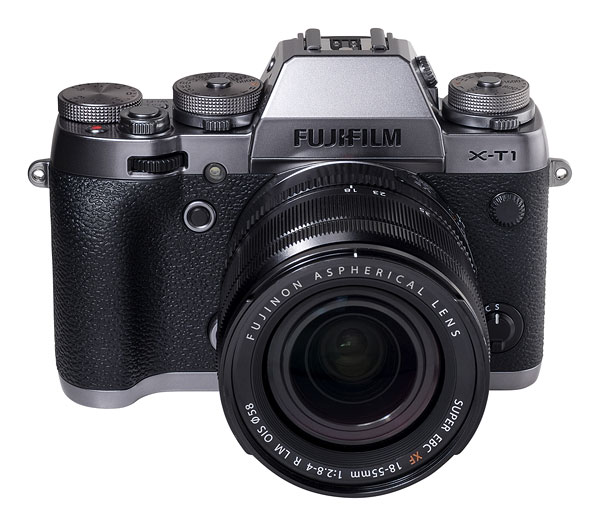
DE: Yeah. The question was does it hurt your sales of upgraded models, but the other side of the question is, how much does it help new sales? Because people may think "Oh, Fujifilm! If I buy a Fujifilm camera, I'm going to keep getting updated", so it's a balance. Who knows?
MO: We decided. [Laughs]
DE: You decided to do it that way.
MO: We [think that good] products should be updated, especially the X-T1. We want to expand our X-T1 user base, so we should [provide] every kind of technology we have to the X-T1 series.
DE: Because that will attract more people to buy X-T1.
MO: Yes. But [for example], while we have provided firmware upgrades for the X100S many times, now we have the X100T, we're finished, no firmware upgrades [for the X100S] anymore.
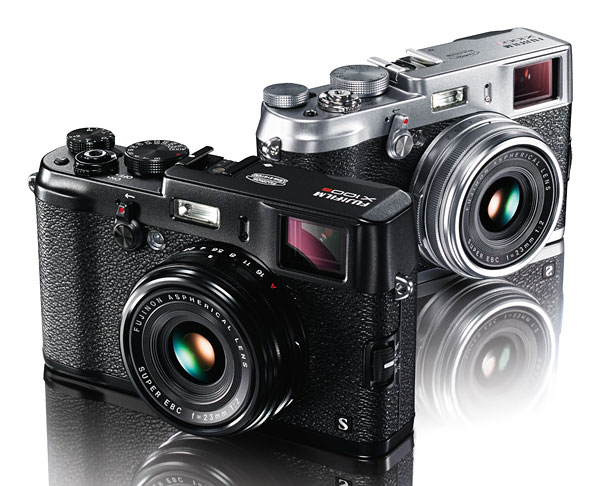
DE: Ah. So now the X100T is out, there are no more upgrades will be coming for the X100S. But you had made so many upgrades in the past, you feel like you gave those users good value and now need to direct your resources to newer models. That's a good statement.
I understand that you really can't answer questions about coming products which haven't been announced, but the X-Pro1 was the original, it's been on the market a long time. Will that be upgraded, or do you see really that the other X-Series models, especially the X-T1, will take its place now?
MO: I think last year, our boss talked to the public about this. He said we're still considering our next X-Pro. But if we launched an X-Pro, we'd need more new technologies, and we're still developing and investigating. Especially the new devices like the processor or sensor, we're still preparing.
DE: So what your boss had said was that there will an X-Pro2, but you're waiting until there's enough new tech to justify a new body, yes.
MO: Yes. Also the X-Pro is an important product for us, still important. Both the X-T1 and X-Pro are our flagship models.
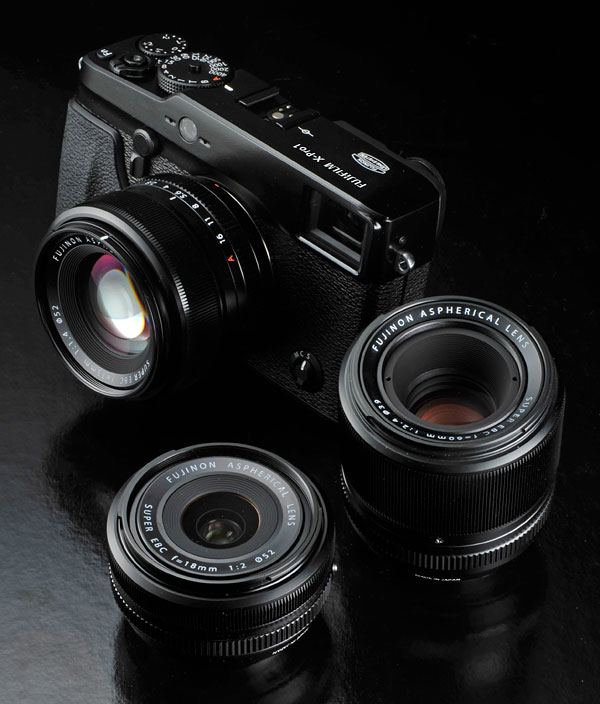
DE: This is another question one of our editors asked. Currently, Carl Zeiss offers three Touit-series lenses for the X-mount. So those lenses are Zeiss products; they developed them, I understand. Our editor wondered if you participate in the development of those at all? Or do you just tell Zeiss "Here's what the lens mount is"?
MO: I think sometimes we communicate with them.
DE: So there's communication with them more than just giving them the specs for the lens mount?
MO: Yes.
DE: Ah, very interesting. And you produce a very broad line of your own lenses, so to some extent, Zeiss is a competitor. Back in 2013, Samyang announced lenses for X-mount, too. How do you feel about that sort of development by third parties? Is it something you really want to see more of, or is it "Okay, they've got a few niches"? [my implication here was "they have a few niches, but we'd rather not see a lot more coverage from them" Oishi san didn't address that directly, but the reply suggests that they at least like seeing the niches filled]
MO: I think it's very helpful for us that third parties develop lenses for our mount. And also, we keep producing so many lenses of our own, [as you can see on our] roadmap, because it's only been just three years and we already [delivered] 16 lenses. [But] we need some more niche lenses, so it's very helpful.
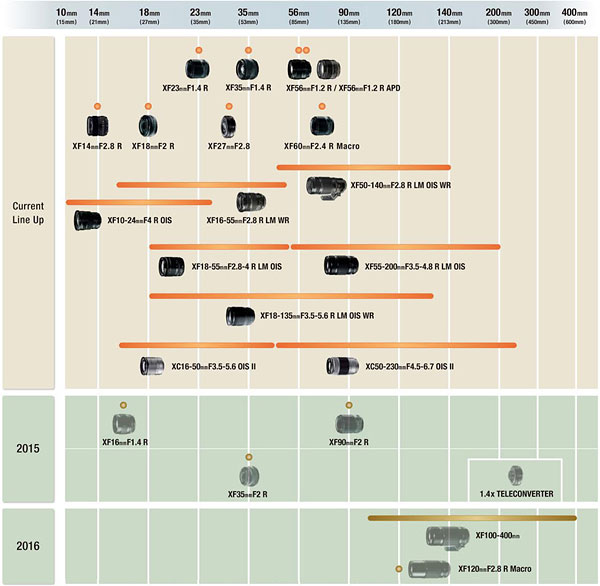
DE: Samyang's stuff is manual focus, I think, and the same for Zeiss Touit.
MO: Yeah.
DE: So those are very niche products. They help the platform but they don't cost you sales. I think that's very smart. I think too, that your rapid rate of lens development also helps protect your market.
MO: Yeah.
DE: I was talking to a lens company executive, and their position was that, for instance, Micro Four Thirds is not interesting to them or worthwhile, because there's already so many lenses. And so it's becoming that way with Fuji now.
MO: Yeah, finally.
DE: Yeah, finally. [Laughter] But they've been coming out at a fast pace.
Of course, readers, everyone asks about full-frame.
MO: I know everybody's chatting, but sorry, I cannot answer.
DE: It would certainly take a major investment though, because you have so much...
MO: Yeah. We're always investigating something new, the possibility [of new technologies like full-frame].
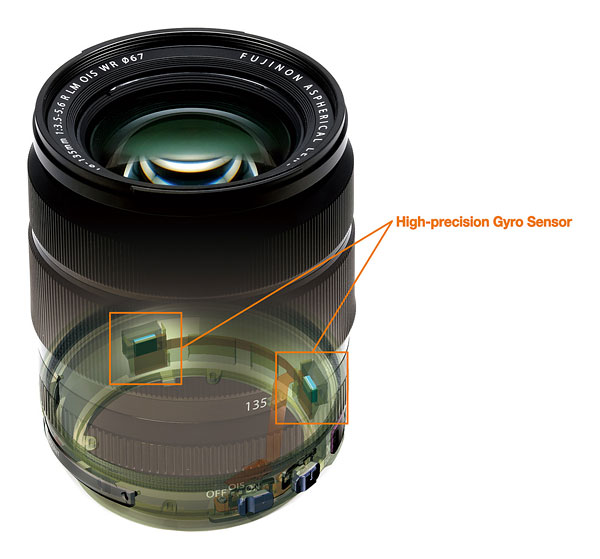
DE: I think you showed me a slide -- maybe at CES -- about the improved image stabilization, and you noted that it's not just a matter of gyro sensitivity, but it's that long-term drift.
MO: Yes, long-term drift. So the new gyro sensor is quite nice.
DE: Oh, it is in fact a new gyro chip then?
MO: Yeah, a new gyro. The older sensors include the kind of noise element, so we cannot, you know eliminate this part [guesturing, indicating slow changes over time]
DE: Ah - so the elimination of the drift, that is actually something that happens in the sensor. That's not a processing function?
MO: Yes. The new gyro sensor is really quite nice. It can detect so many current state...
DE: It can detect much lower frequencies without errors of its own.
MO: Yes, five stops that we need. So that's kind of new data.
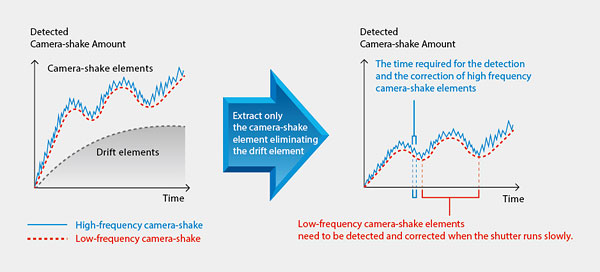
DE: Yeah. I think the XF50-140mmF2.8 R LM OIS WR lens has that, right?
MO: Yes.
DE: The lab guys said 'Wow, this is really stable.'
MO: After launching the 50-140mm, every customer asks how it works so...
DE: How can it be so good?
MO: Yeah.
DE: Yeah, it's very good indeed. One more question, just generally speaking. The interchangeable lens market as a whole has been declining, but it seems like you're seeing good success, that your sales are rising over time. So you're basically taking market share.
MO: Yes, especially last year. The compact system camera market is growing up, right? Over 100% [growth].
DE: So the market as a whole for compact system camera – mirrorless -- grew over 100% last year?
MO: Yes.
DE: Wow, I hadn't realized.
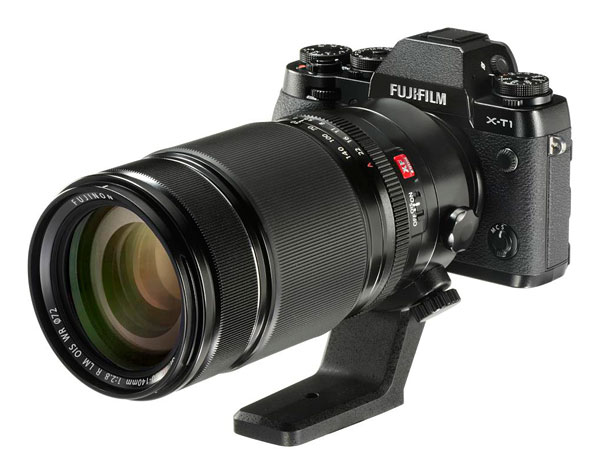
MO: Yeah. But on the other hand, the SLR market has decreased. We thought maybe the new CSCs -- like our Fuji X-T1 and the Olympus OM-D -- that kind of new CSC, changed the world, right?
DE: Yeah, I think so. I think there were a lot of people that had previously only considered SLR's and are now thinking about mirrorless as a possibility.
MO: I think the biggest reason is weight and size.
DE: So five or ten years from now, what do you think the balance will be, mirrorless versus DSLR? What percentages?
MO: I don't know, but maybe 50-50.
DE: You think maybe 50-50?
MO: Yeah. Because nobody, I think in the future, no will be able to tell the difference between DSLR and CSC.
DE: Yeah. Meaning no one can project that, it's just a guess.
MO: You know what I mean? In the future, so mirror [or not], nobody cares.
DE: Ah - nobody will care if there's a mirror or not, so the choice just be based on other features of the camera.
MO: Yes. Both [CSCs and DSLRs] are interchangeable lens systems, right?
DE: Yeah, I think in the future that's true. It's a problem for mirrorless in the US, that so many U.S. consumers just think 'I want to get a better camera, so I need an SLR.' And so they look for that shape.
MO: Yes. So 50-50 in the future.
DE: Great, I think that's actually all of my questions this time, thanks!

